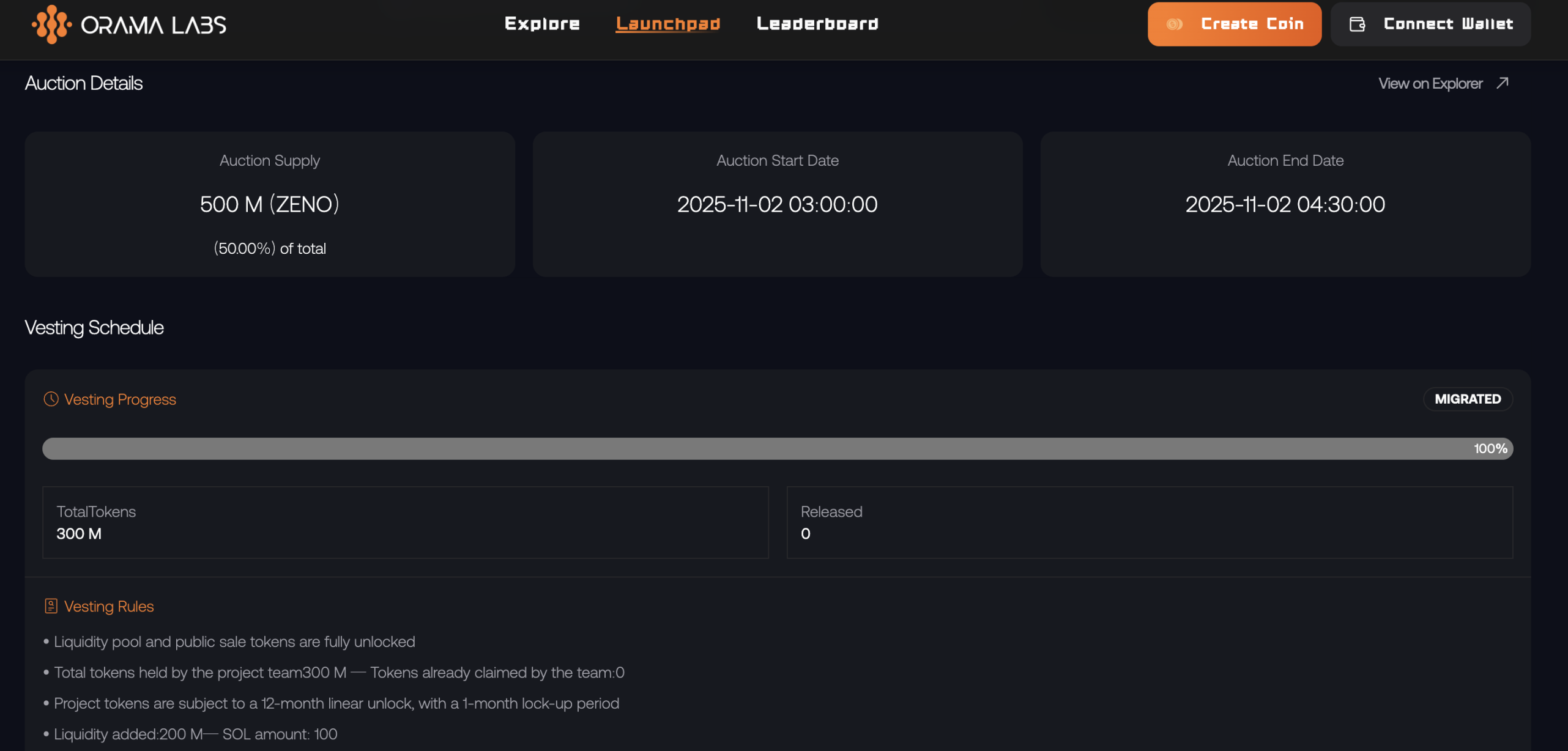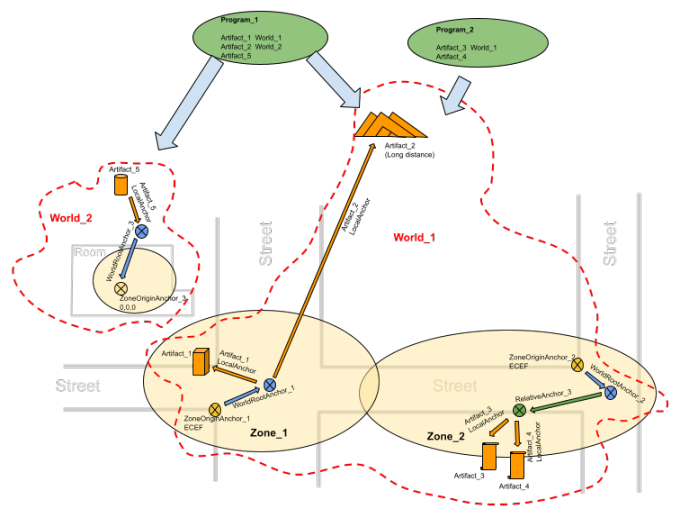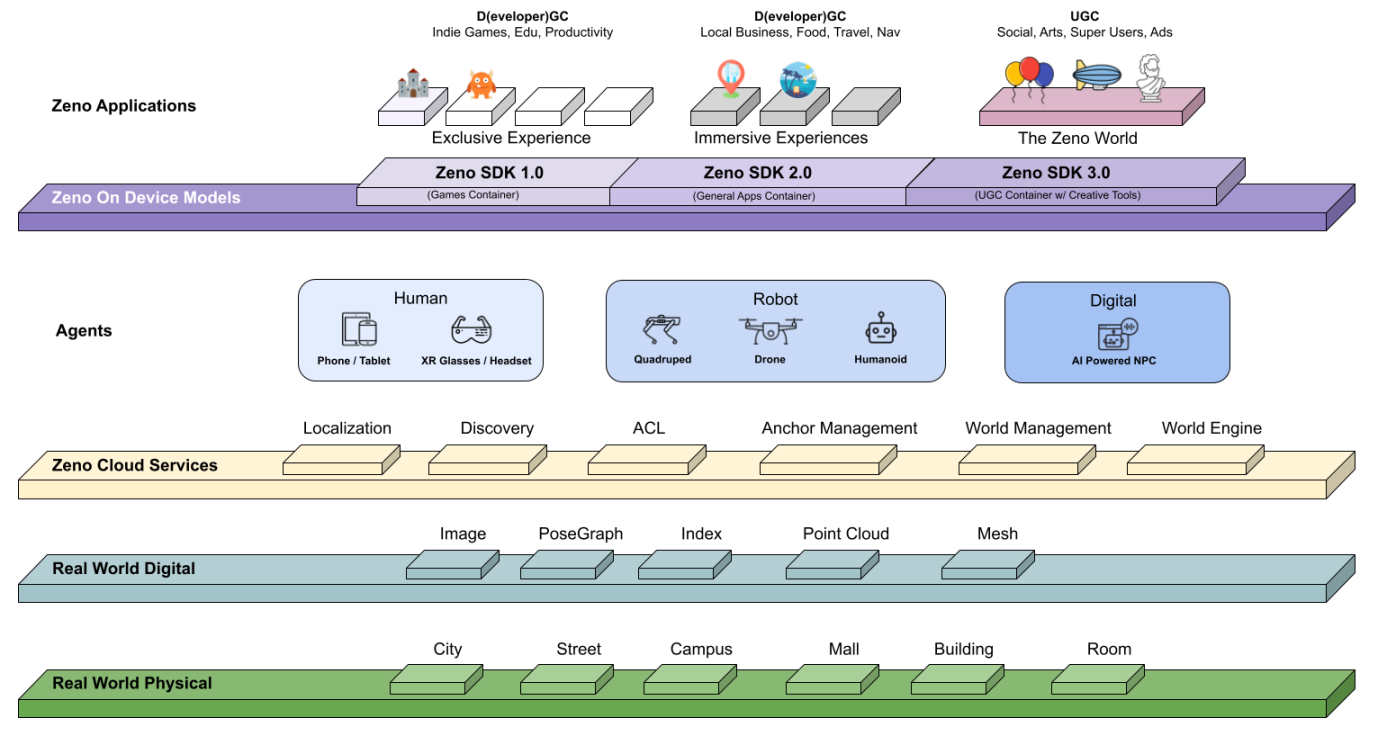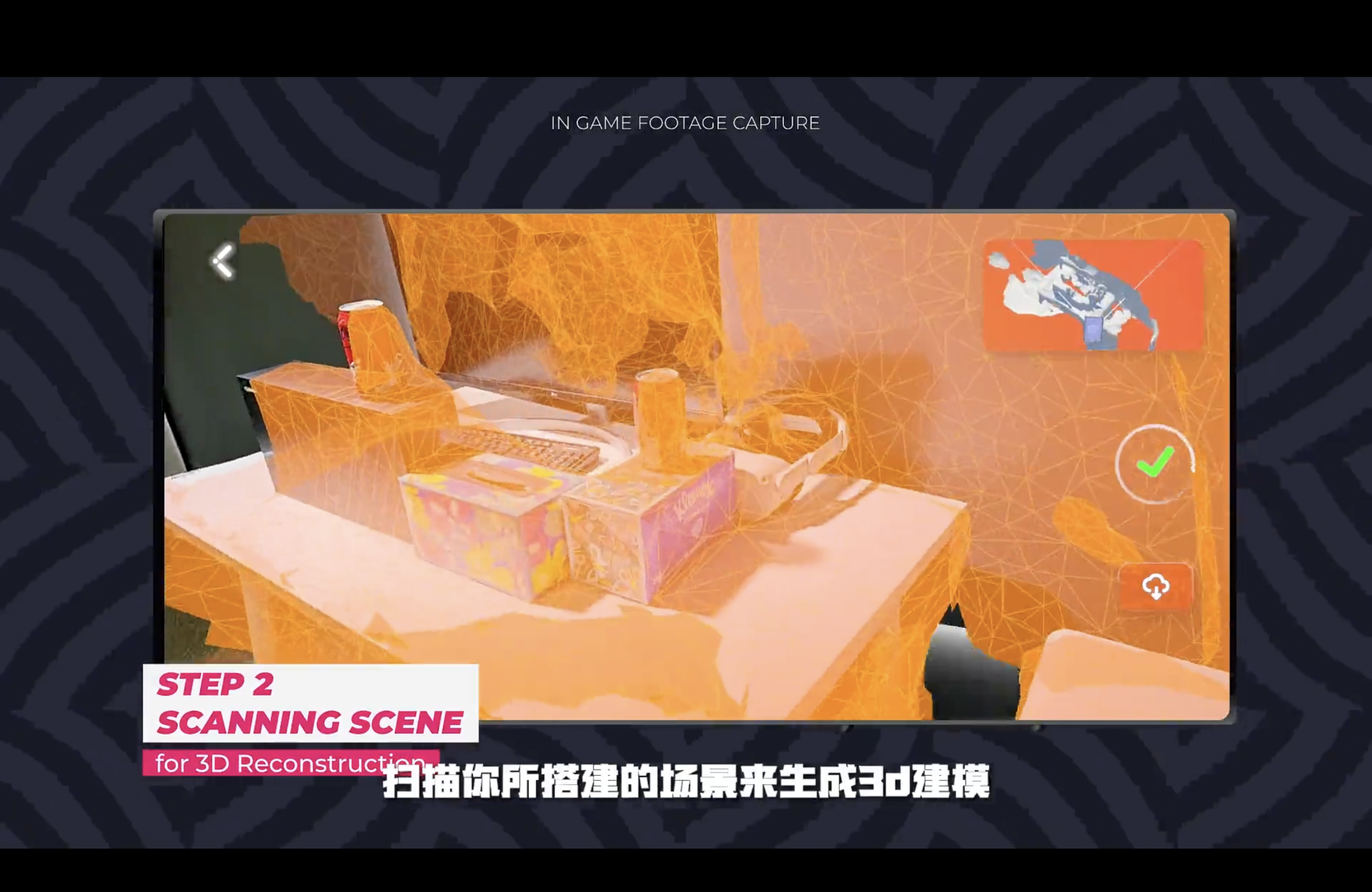Original author: Eric, Foresight News
A little over a week ago, DeSci platform Orama Labs successfully launched Zeno , the first project on OramaPad. Zeno provided 500 million ZENO tokens for the launchpad, representing half of the total supply. OramaPad requires users to stake its token PYTHIA to participate, and this "launch show" attracted a total of $3.6 million in PYTHIA staking.
Orama Labs aims to address the inefficiencies in funding and resource allocation in traditional scientific research by establishing a pathway from research to commercialization through funding scientific experiments, verifying intellectual property, resolving data silos, and implementing community governance.

OramaPad's first project adopted the Crown model, which requires projects to have a sound business logic system and/or strong Web2 technical development capabilities, and their products must be highly practical. Orama calls this OCM (Onboarding Community Market). Unlike simple meme distribution, Orama essentially provides a replicable on-chain transformation path for Web2 companies or teams with mature business models and technical capabilities. Zeno, the first to take the plunge, is also a formidable player.
Hardcore technology that makes it impossible to understand documents
Zeno is an extremely ambitious project, so much so that simply reading the Zeno documentation might not provide a complete understanding of what the team is trying to achieve. It was only after communicating with the team that I learned the full picture of this cyberpunk-inspired story.
In short, Zeno aims to overlay multiple layers of virtual space on top of the physical space in which humans live, creating a space where all "intelligent agents," including humans, can live together.
Imagine this scenario: One afternoon in the future, you're enjoying a leisurely time on a lounge chair on your balcony, with an AI butler connected to all the furniture and appliances and a humanoid robot busy taking care of household chores. Suddenly, you feel a bit bored and want to play a virtual basketball game with your two "brothers" (your family members). So you put on VR/AR glasses. In the world of the glasses, the robot appears human, and the AI, which only exists online, also takes on a human form. The robot sits on the sofa, while the AI sits on the floor. The three of you pass a virtual basketball around while discussing what to eat for dinner.
This is Zeno's ultimate vision: to enable carbon-based intelligent life forms and silicon-based intelligent agents to live together in the same physical space.
Many of us imagine cyberspace as a purely virtual space, such as the VR experience shown in the movie "Ready Player One," where we enter a new world. Our current interactions with AI are also conducted through flat media like computer or mobile phone screens. Zeno aims to bring these virtual spaces directly into real life, creating a superposition of the physical and digital worlds in the same spacetime. This would make digital content as tangible as physical entities, and enable humans, robots, and AI to interact naturally in real-world scenarios, building a hybrid reality ecosystem where the virtual and real worlds are in sync and humans and machines coexist harmoniously.
Of course, the world we see may not be exactly the same as what robots and AI see. For example, if you don't want robots to run into your study unnecessarily, you can lock the study door in the robot's world, and the robot will only have permission to enter the study after you "unlock" the "lock".
With spatial anchor points as the core
Living under the same roof as artificial intelligence sounds like a very high-tech idea, but there is a major prerequisite: you need to build a model of the real world in the virtual world in order to achieve programmability on that basis.
This requires you to first have real-world scene data, which is also a problem that many companies, including intelligent driving technology companies, are currently researching. Take intelligent driving as an example. If you have real-world map data of the entire city, the intelligent driving AI will not need to follow the car around on the street to learn how to deal with different situations. It can directly simulate on-road scenarios in the laboratory to continuously evolve itself.
While the above is not what we call "spatial overlap," it is still one of the important applications for building models of the real world. Zeno's ultimate vision cannot be achieved overnight; its first step is to collect real-world data.
Zeno has launched a program that allows users to use their everyday devices to help input spatial data, supporting both robots and glasses. Regarding smartphones, the team states that Google's ARCore is mature enough that no further development is needed, and users can directly use it by referring to compatible models . The algorithm used to construct the space after data collection is developed in-house by the Zeno team.

The core of building a coexistence between the real and virtual worlds revolves around spatial anchors. From a technical perspective, the real world cannot be directly programmed; the connection with the virtual world is achieved by associating anchors in the real world and mapping them to a virtual space based on physical space. To use an analogy, for robots and AI, the real world is like an ocean in the dark, and these anchors are like lighthouses, illuminating every area of the real world for silicon-based intelligence.
Zeno's first step towards its "ultimate goal" is to build a full-stack platform. In addition to everyday electronic devices like smartphones, it also utilizes professional equipment such as LiDAR, 360-degree panoramic cameras, and RGB cameras on mobile devices or XR headsets for data acquisition. The team states that the Zeno platform will possess a powerful cloud-based visual world model and computing system, capable of processing gigabytes of raw sensor data daily for large areas (city-level/global areas) and indexing for rapid spatial queries; it can also process data in parallel for smaller areas (room-level/anchored areas), achieving high-throughput real-time processing.

Furthermore, the system possesses self-learning capabilities, continuously optimizing itself through high-quality and third-party data. In the future, it will support hundreds of spatial queries per second, providing accurate six-degrees-of-freedom (6-DOF) positioning results, shared spatial anchor point creation, rapid 3D visual reconstruction, instant semantic segmentation, and other scene understanding functions. It is highly scalable and can be widely applied to various scenarios such as AR games, navigation, advertising, and productivity tools.
Verified spatial data and the spatial intelligent infrastructure layer it constructs can be invoked by various decentralized applications for autonomous driving path planning, end-to-end model data training for robots, generation of verifiable automatically executed smart contracts, spatial morphology advertising distribution, and ultimately, spatial data-driven decision-making and upper-layer applications.

Who is behind Zeno?
Compared to the vague visions of some Web3 projects, Zeno's goals, while sounding complex, are very realistic. The reason why the technical implementations are explained in such detail in the project documentation is because the team members have been deeply involved in this field for many years.
Zeno's team members all come from DeepMirror, also known as Zeno Technology. If you're not familiar with Zeno Technology, you've probably heard of Pony.ai, a Nasdaq-listed company with a market capitalization of $7 billion. Zeno Technology's CEO, Harry Hu, was the former COO/CFO of Pony.ai.
Zeno's CEO, Yizi Wu, was an early member of Google X, involved in the development of products such as Google Glass, Google ARCore, Google Lens, and the Google Developer Platform. At Zeno, he led the overall AI architecture and the development of the World Model.
Zeno's core team members also include Taoran Chen, a former research scientist at Zeno Technology who holds dual PhDs in mathematics from MIT and Cornell University, and Kevin Chen, a former CFO of Zeno Technology and an executive at Fosun Group, JPMorgan Chase, and Morgan Stanley.
For the Zeno team, venturing into Web3 is more like a bold attempt by a Web2 team with a technical background. The team explains that the ZENO token will be used to incentivize users who provide spatial data and teams or individuals developing tools, applications, and games using Zeno's infrastructure. In addition to the 500 million tokens distributed in the launchpad, the team will retain 300 million, and the remaining 200 million, along with 100 SOL obtained from the launchpad event, will be used to add liquidity to trading pairs on Meteora.

RealityGuard, a spatial application combining AR and games developed by Chenjing Technology.
When asked why Web3 was chosen as the platform, Zeno explained that spatial data is inherently a highly decentralized digital asset, naturally suited to the Web3 environment. The spatial data collected by Zeno will also be assetized and traded using the ZENO token as currency to expand ZENO's circulation within the ecosystem. Buyers will naturally be technology companies that need spatial data. As for further applications of ZENO, they will be "explored as the project progresses."
Through Zeno, the role of the DeSci platform has been brought to concrete form. Science is not necessarily an obscure and difficult pure science discipline. Democratizing technology like Xiaomi and lowering the threshold for investing in the value of technology is also one of the important values of DeSci.
- 核心观点:Zeno项目构建虚实融合的混合现实生态。
- 关键要素:
- 通过空间锚点技术连接物理与虚拟世界。
- 团队来自宸境科技,具备顶尖技术背景。
- 代币激励用户贡献空间数据与生态建设。
- 市场影响:推动DeSci与空间计算领域融合发展。
- 时效性标注:长期影响



